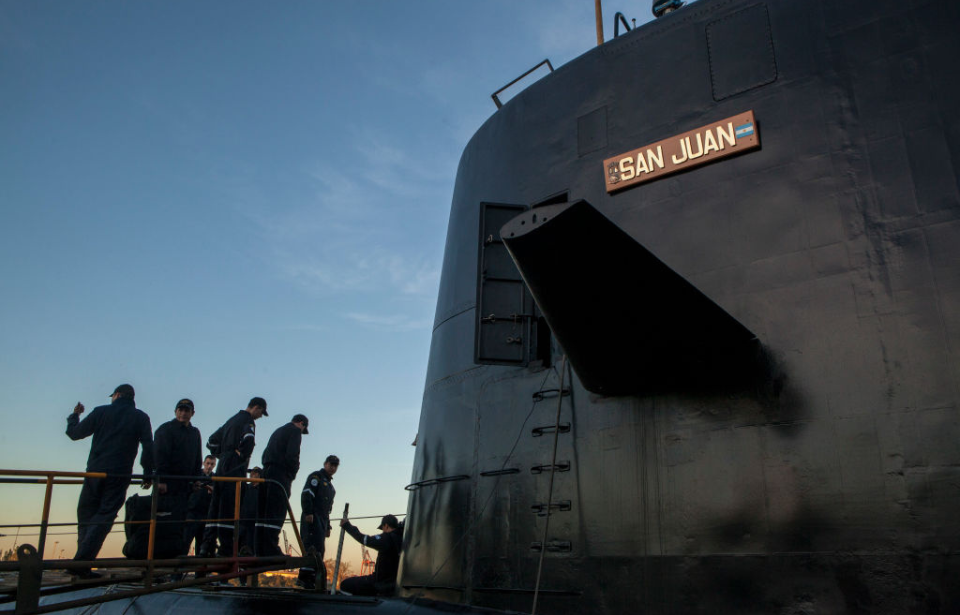In November 2017, the Argentine submarine ARA San Juan (S-42) went missing while returning to her home base at Mar del Plata. It took just over a year for the vessel to be located, some 800 meters beneath the surface of the Atlantic Ocean. Both the incident and the events that followed caused years of controversy and animosity between the Argentine government and the families of the missing crewmen.
ARA San Juan (S-42)
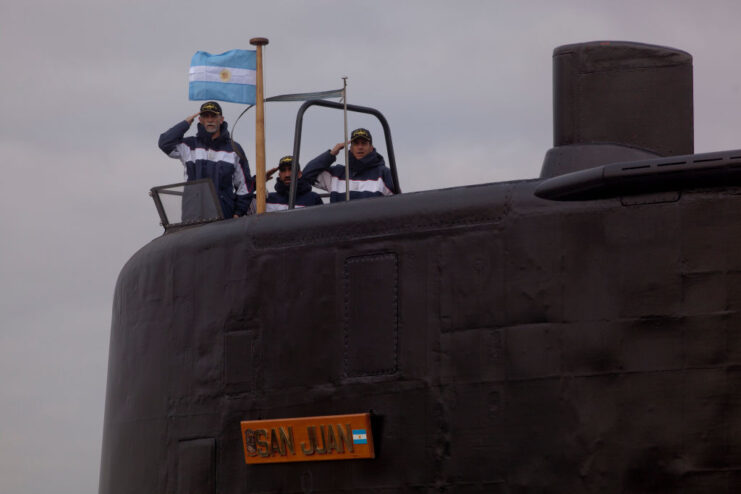
The ARA San Juan served with the Argentine Navy’s Submarine Force from 1985-2017. Part of the German-built TR-1700-class, the diesel-electric vessel featured a single-hull design, with a watertight superstructure and a lightweight bow and stern. With a top speed of 15 knots when submerged, the submarine had a range of 12,000 nautical miles when traveling at eight knots.
San Juan was initially large enough to house a crew of 37 (a total that was later increased), who’d engage enemy vessels with 22 torpedoes fired from six 21-inch bow torpedo tubes.
While San Juan entered service in 1985, it wasn’t until ’94 that she came on the international community’s radar, when the vessel avoided detection by the US Navy’s anti-submarine forces for the duration of the FleetEx 2/94 “George Washington” war game. Just prior to her disappearance, San Juan participated in surveillance exercises around Puerto Madryn, the aim being to combat illegal fishing activity.
Disappearing during a training exercise
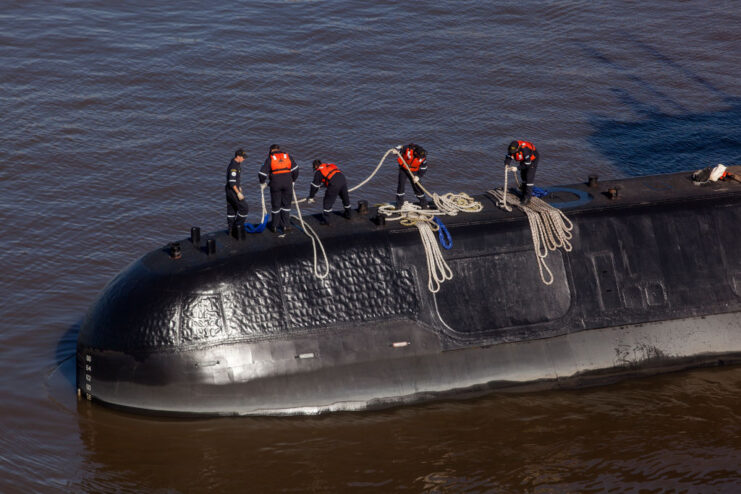
In November 2017, the ARA San Juan was among several vessels participating in a training exercise in the Tierra del Fuego archipelago, in the southern region of Argentina. After it was complete, the submarine traveled to Ushuaia for the public to engage with and view the vessel.
By the middle of the month, San Juan was on her way back to Mar del Plata, with 44 crewmen onboard. On November 17, it was announced the submarine hadn’t been heard from in two days, prompting the launch of a search and rescue operation some 200 nautical miles off of San Jorge Gulf. The effort was launched under the International Submarine Escape and Rescue Liaison Office (ISMERLO).
Locating San Juan was of the utmost importance, as the vessel only had enough oxygen to last seven days submerged.
Searching for the ARA San Juan (S-42)
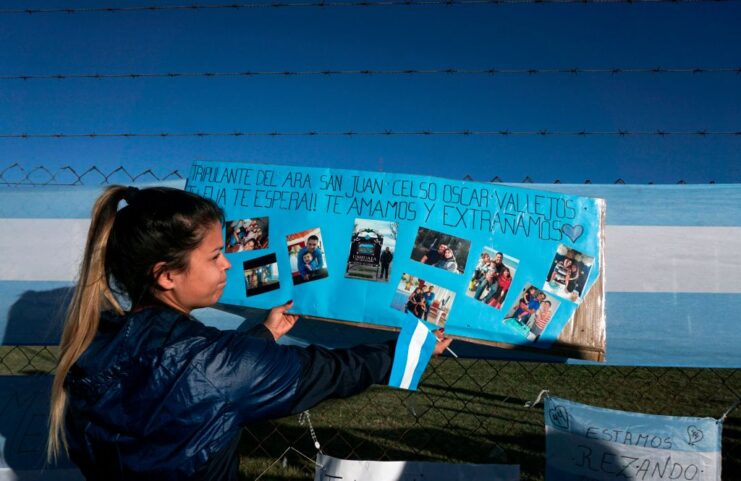
Not long after the search was launched, crews found themselves hindered by severe weather, postponing efforts until November 21, 2017 – one day after the ARA San Juan was scheduled to arrive at Mar del Plata. Along with the Argentine Navy, support was provided by the British Royal Navy, the US Navy and the Brazilian Navy, among a total of 13 countries.
While the search was underway, the Argentine Navy reported that its sonar systems, as well as sonar buoys dropped by an US-flown Boeing P-8A Poseidon, had detected noises that could have come from the missing submarine. However, later analysis proved otherwise.
This was the second such false hope event of the search and rescue operation, with a prior one occurring on November 18, when it was believed San Juan tried to communicate via satellite phone. The calls were determined to have not come from the missing vessel.
As the search dragged on past the seven-day survival threshold, Argentine naval officials said they hadn’t ruled out the possibility that the crew “could be in an extreme survival situation.” Given this, the search continued, despite weather conditions continuing to be unfavorable. It wasn’t until November 30 that the search was called off.
Explosion aboard the ARA San Juan (S-42)
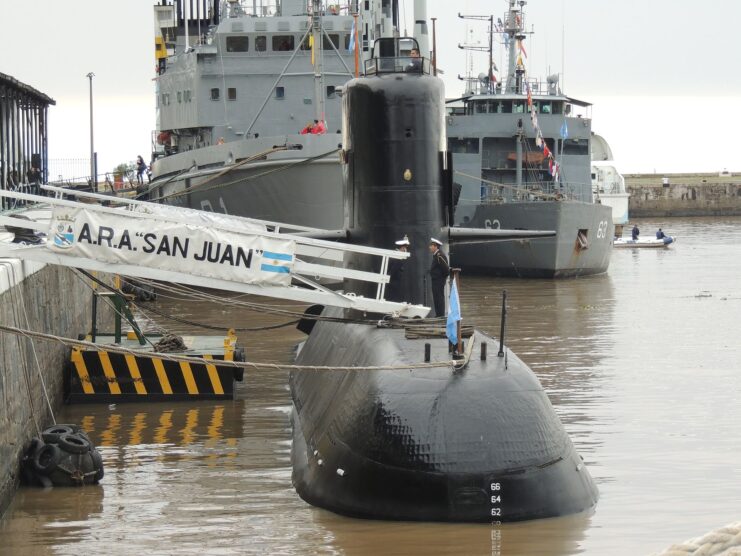
On November 22, 2017, the Argentine Navy began investigating a “hydro-acoustic anomaly” recorded three hours prior to last contact with the ARA San Juan. The noise was detected by the Comprehensive Nuclear Test-Ban Treaty Organisation (CTBTO), with naval officials stating the sound could have been the submarine imploding.
A P-8A Poseidon took to the sky that same day and flew over the area, noting an object beneath the water. The following day, the Argentine Navy announced that a seismic event had occurred on November 15, which was consistent with a possible underwater explosion.
On November 27, a press release announced that the final reported received from San Juan informed officials that the vessel’s snorkel had leaked water into the forward storage batteries, causing an “electrical breakdown” and starting a fire. Her crew was ordered to cut their mission short and immediately return to Mar del Plata.
After extinguishing the fire, the vessel continued on her journey back to home base, powered by her aft batteries. That being said, the implied explosion after this was likely caused by a “concentration of hydrogen,” which was triggered by the battery issues.
After the fact, it was alleged the $12 million retrofitting San Juan underwent between 2008-14 may have resulted in the issues the submarine experienced. During the upgrade work, the vessel’s length was cut in half, and her engines and batteries were replaced. According to experts, any missteps during the refitting process could have put the crew at risk in the field.
Locating the ARA San Juan (S-42)
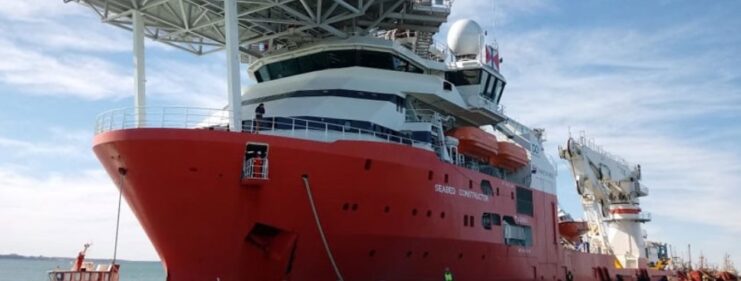
Almost a year after the ARA San Juan went missing, US-based company Ocean Infinity started its own search. On September 7, 2018, 60 crewmen, three Argentine naval officers and four members of the missing sailors’ families began what was intended to be a two-month search for the submarine.
On November 16, the crew reported they’d located a new point of interest, with the Norwegian ship Seabed Constructor arriving to provide support through the use of a remotely-operated vehicle (ROV). San Juan was discovered later that day, at a depth of 807 meters. The wreckage was just 11 nautical miles from where the seismic anomaly had been reported in November 2017.
Photos taken of the wreck show the pressure hull had imploded, with pieces of the sail, bow section and propellers scattered across an area of 8,000 square miles.
In a statement published following the discovery, Ocean Infinity CEO Oliver Plunkett said, “Our thoughts are with the many families affected by this terrible tragedy. We sincerely hope that locating the resting place of the ARA San Juan will be of some comfort to them at what must be a profoundly difficult time.”
Unable to recover the ARA San Juan (S-42)
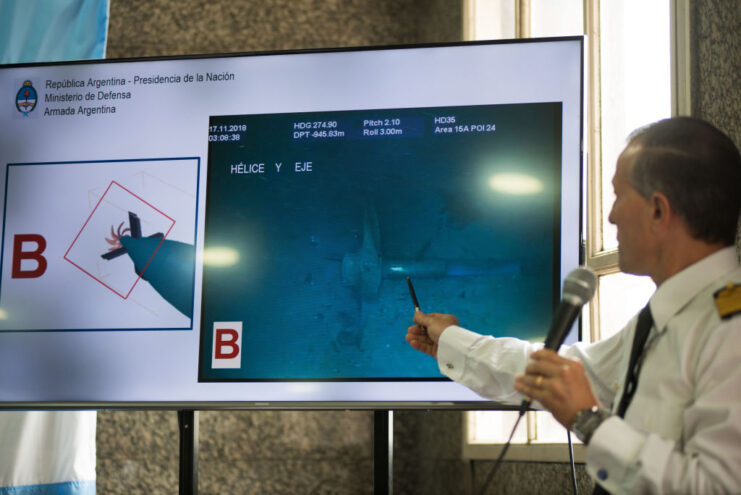
Just hours after the ARA San Juan‘s discovery was announced, Argentine Defense Minister Oscar Aguad said the government was unable to recover the submarine, saying the country lacked the “modern technology” necessary for “verifying the seabed.” As can be expected, this caused outrage and anger among the families of the lost crewmen, especially considering Ocean Infinity had said it was capable of such a task.
Speaking with the Associated Press, Oliver Plunkett said, “We would be pleased to assist with a recovery operation but at the moment are focused on completing imaging of the debris field.”
Subsequent investigations
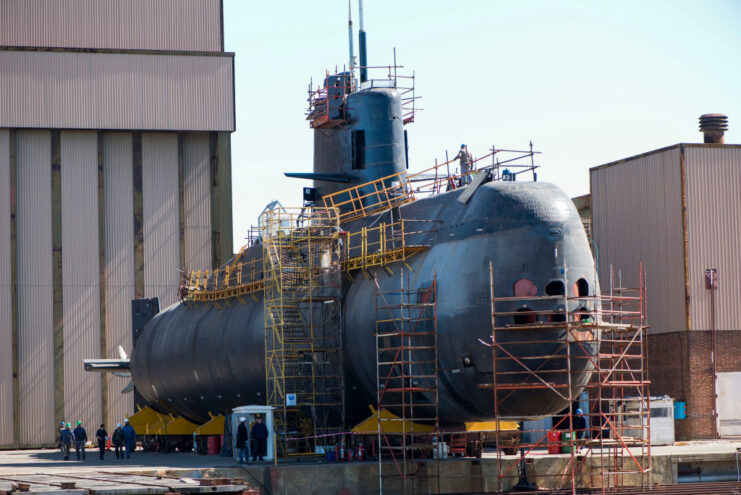
In the years after the ARA San Juan‘s disappearance, an investigation was conducted, with four naval officials arraigned in relation to the vessel’s loss. They were subsequently charged with destruction due to negligence and malfeasance, with the primary theory being that San Juan sank as a result of a lack of maintenance.
The US Office of Naval Intelligence also investigated the incident, with the final report stating San Juan suffered a “catastrophic event” when the aforementioned hydrogen explosion occurred, killing everyone onboard within 30 milliseconds. The submarine imploded following this.
Along with the aforementioned charges against the four naval officials, it was also requested by a Comodoro Rivadavia Federal Appeals Court that former Argentine Navy Chief-of-Staff Marcelo Srur and Defense Minister Oscar Aguad face charges. As well, the families of the deceased crewmen wanted former President Mauricio Macri investigated on allegations of illegally spying on them.
More from us: The US Navy Considered Arming Frigates with Mk 48 Torpedoes During the Cold War
Are you a fan of all things ships and submarines? If so, subscribe to our Daily Warships newsletter!
In December 2021, it was announced Macri been charged in the case, with it being alleged he’d ordered agents spy on relatives of the 44 crewmen. On July 15, 2022, the charges against him were dismissed, with the court of appeals stating that “no crimes were committed.”
